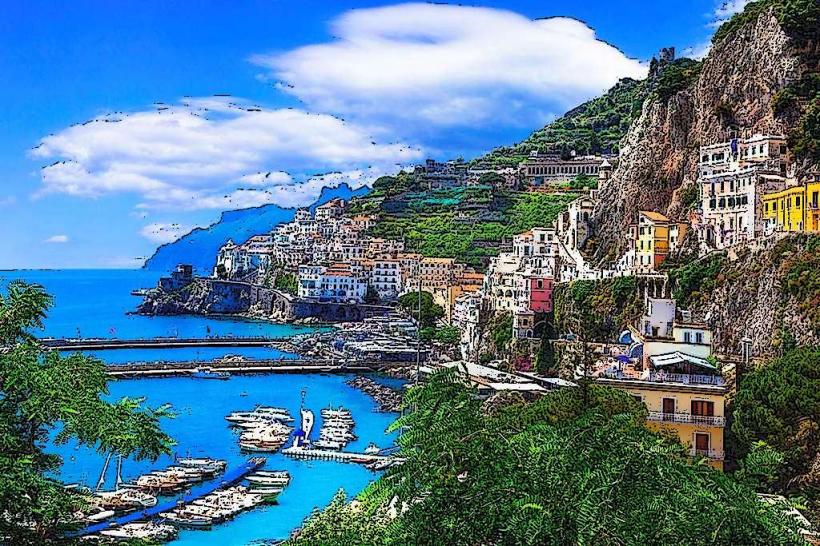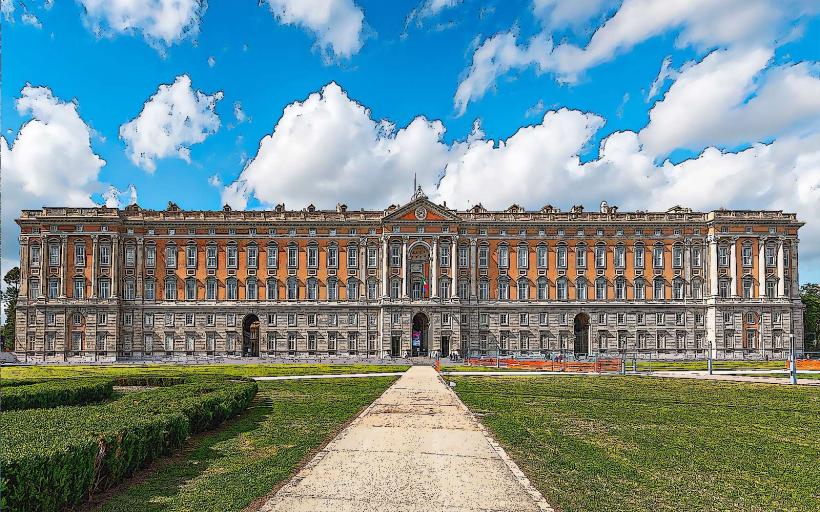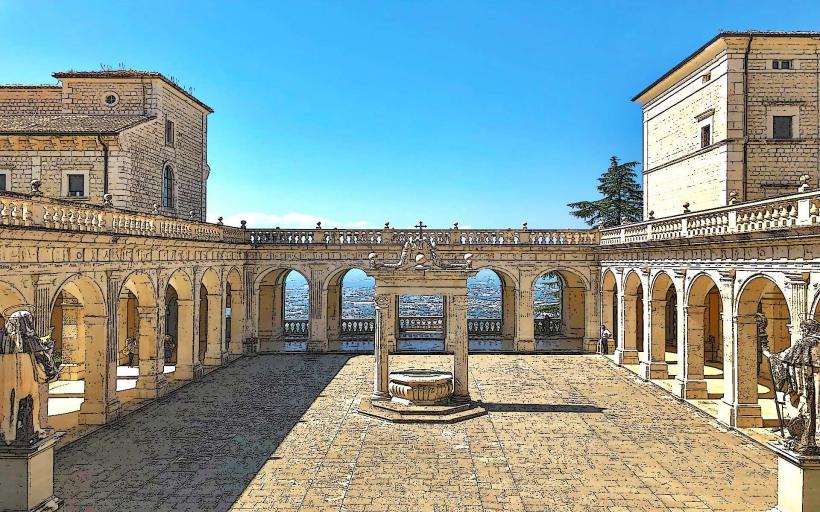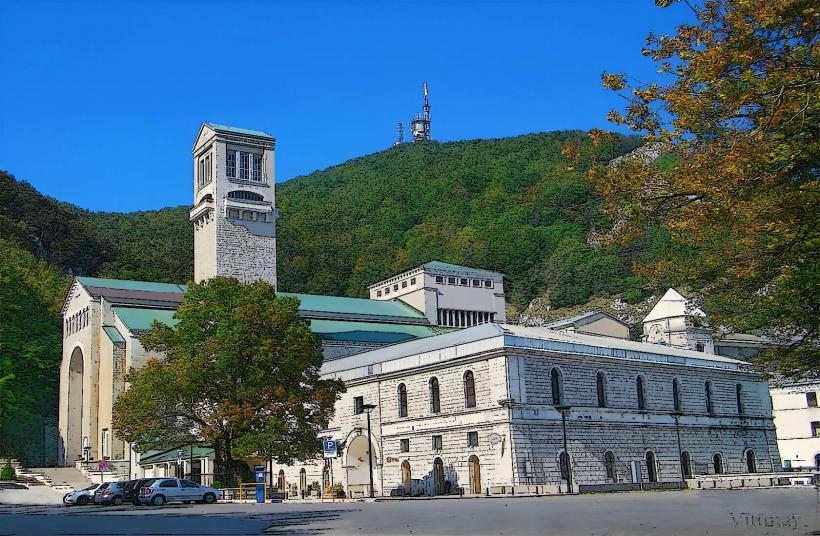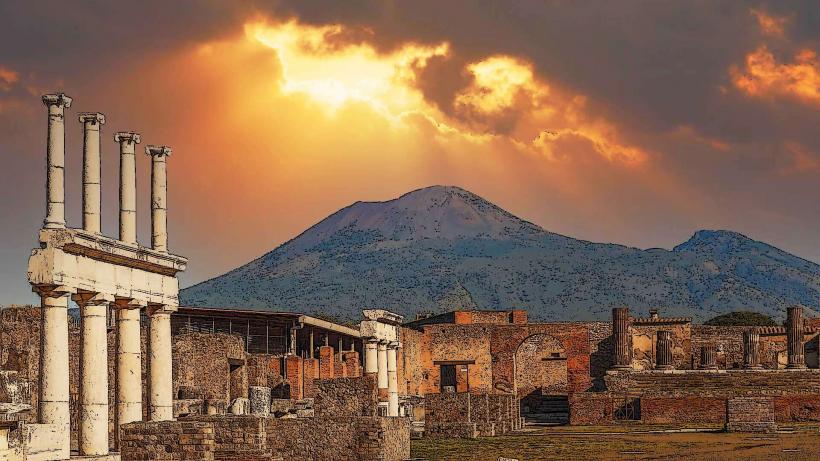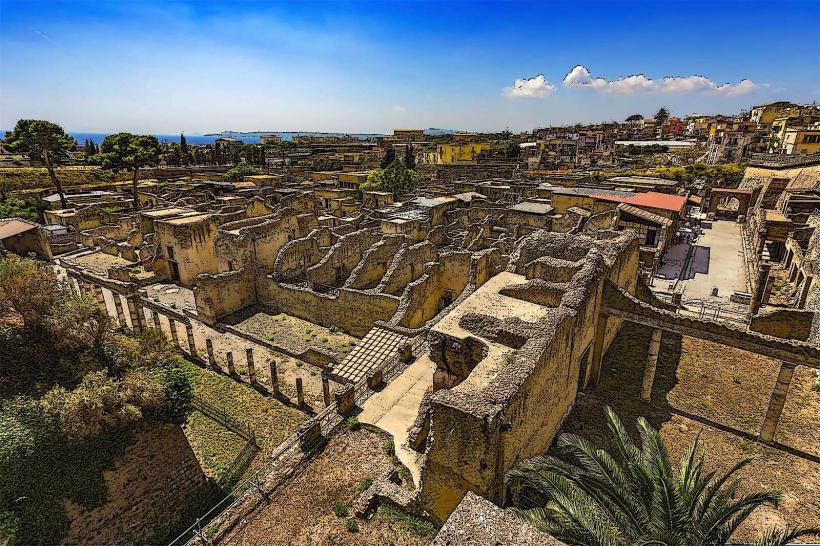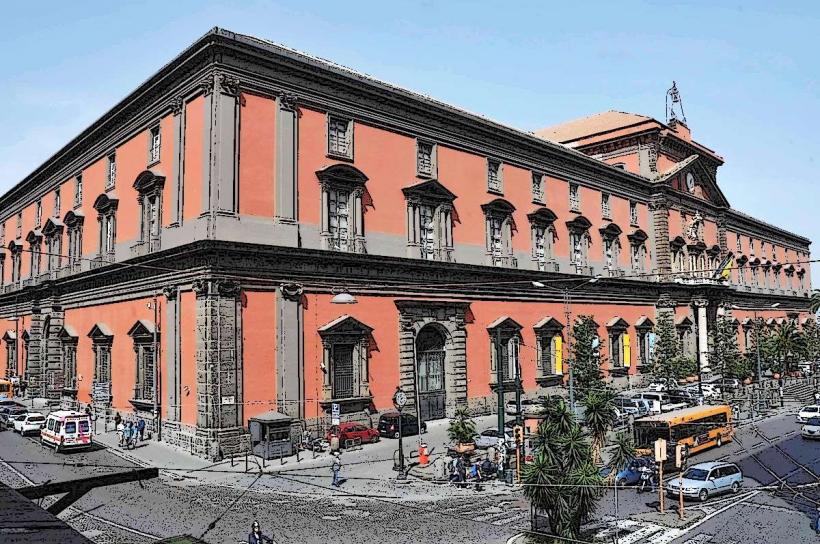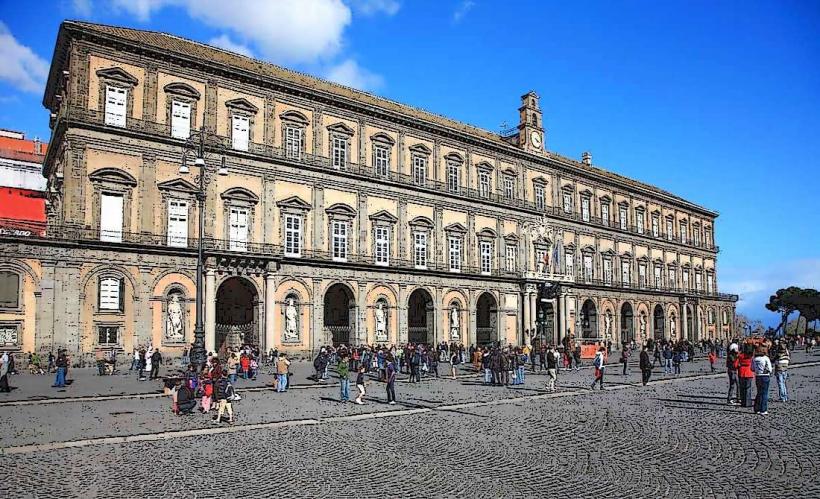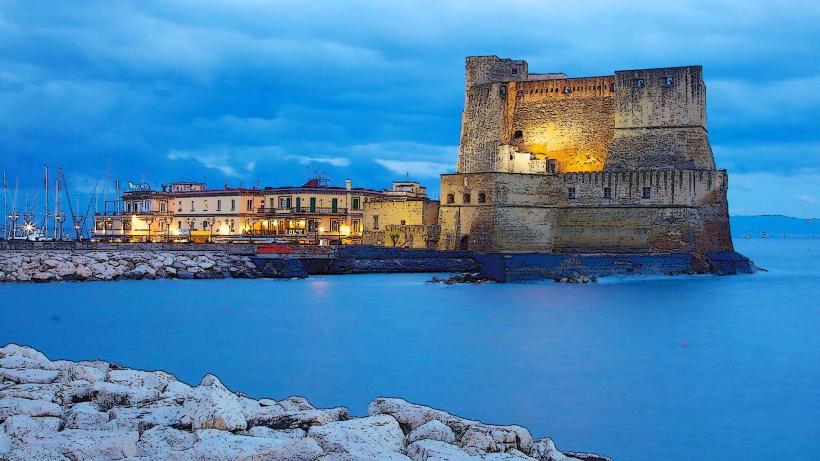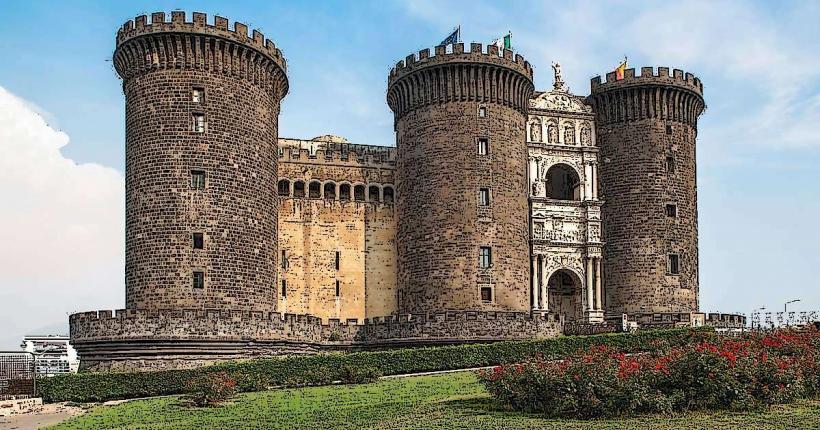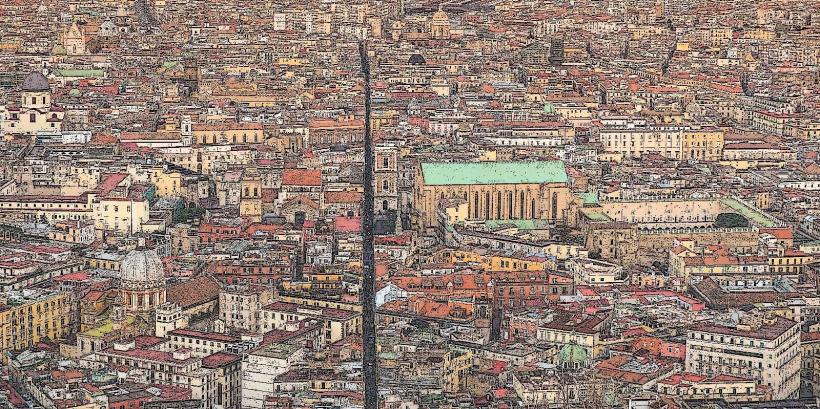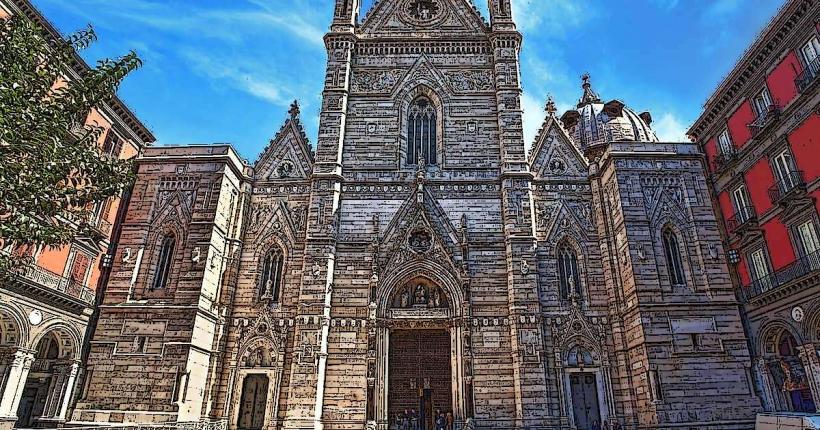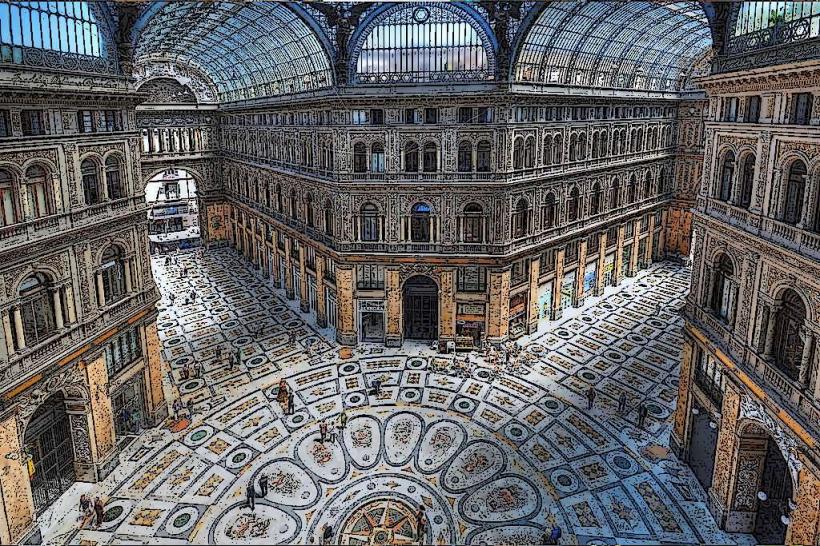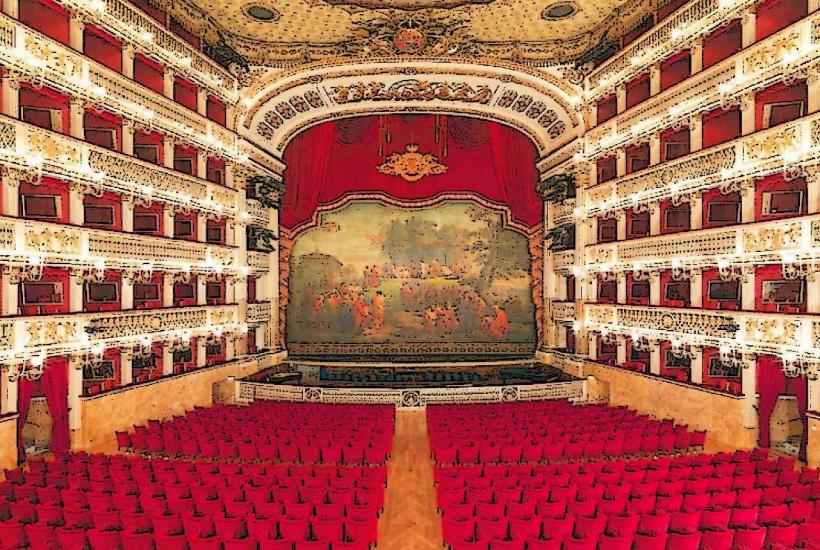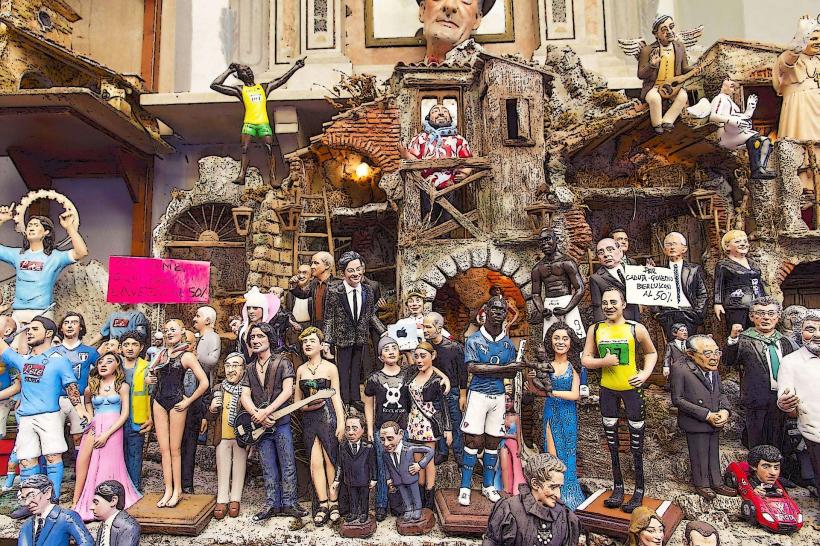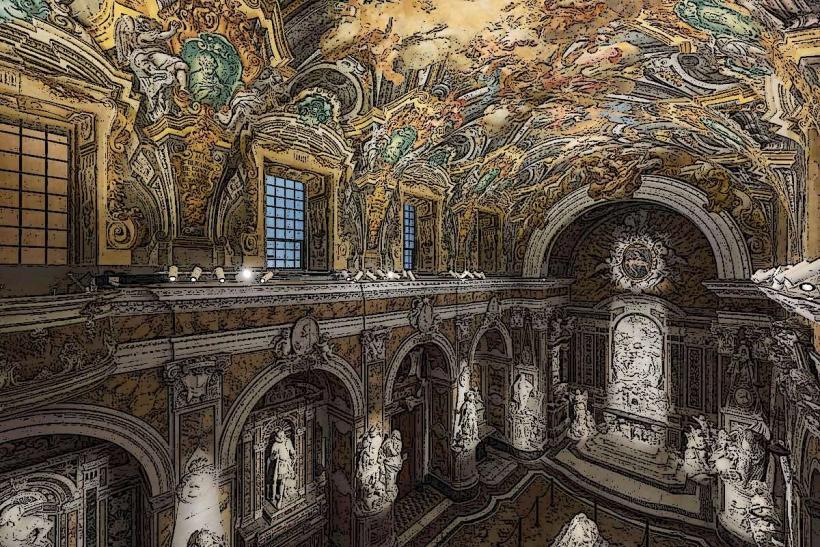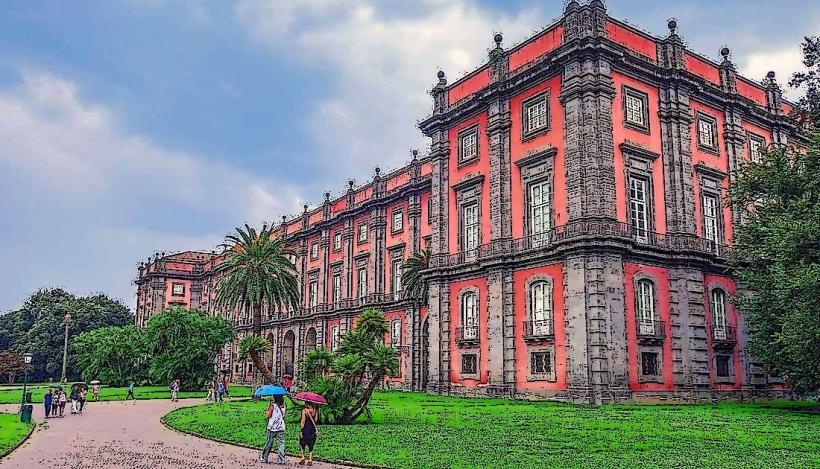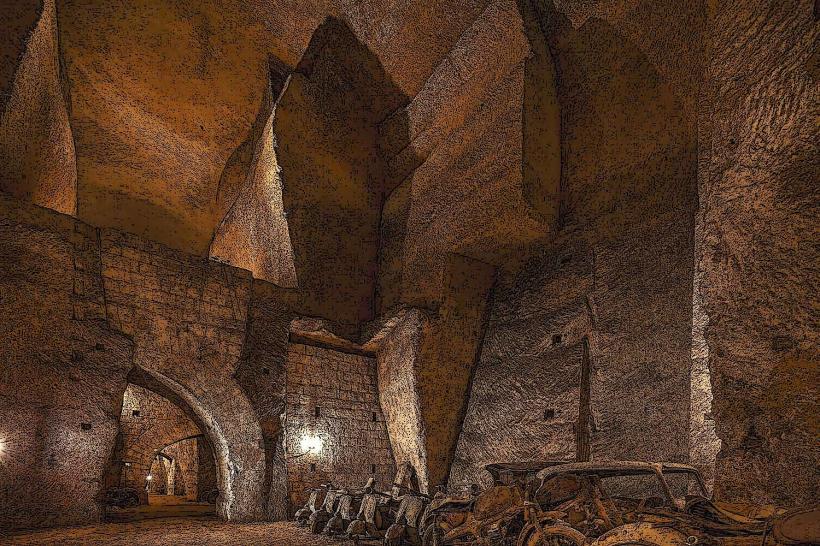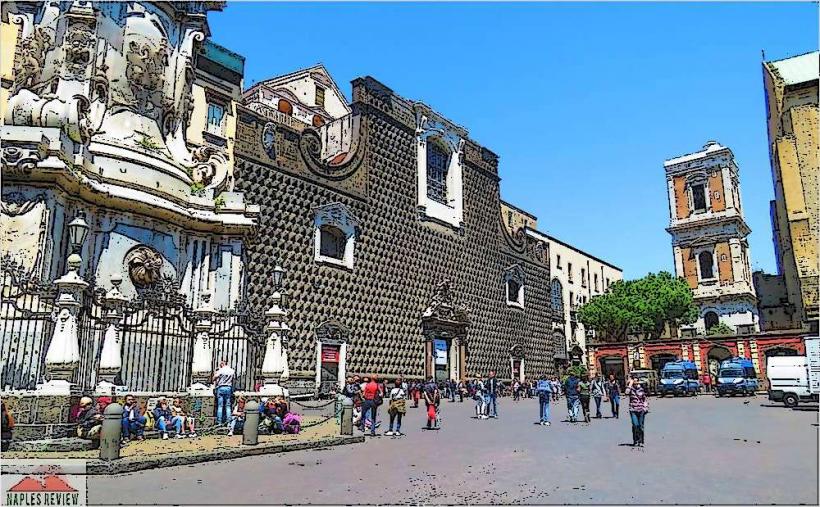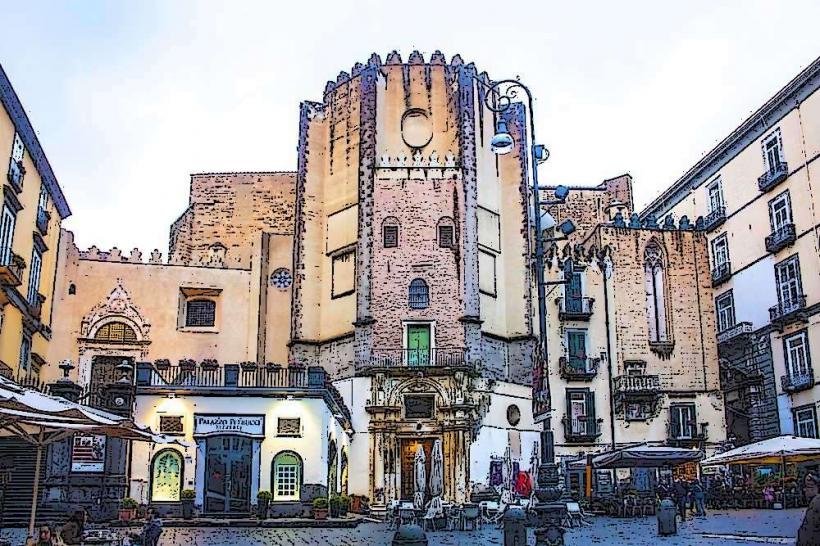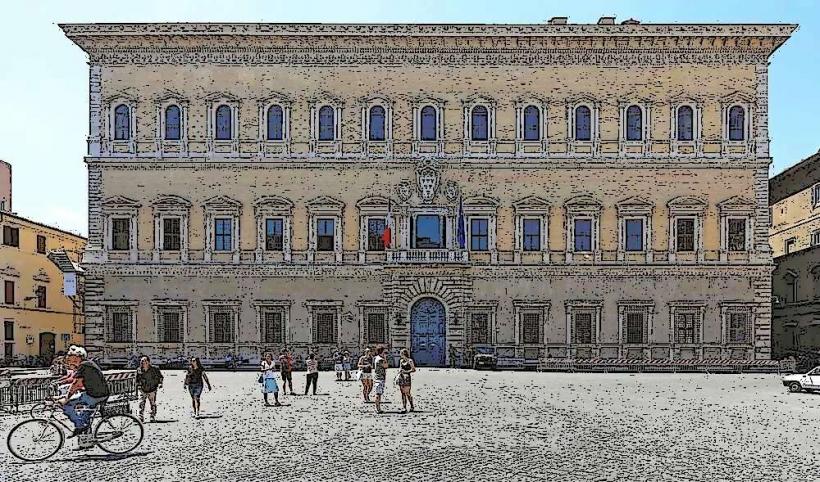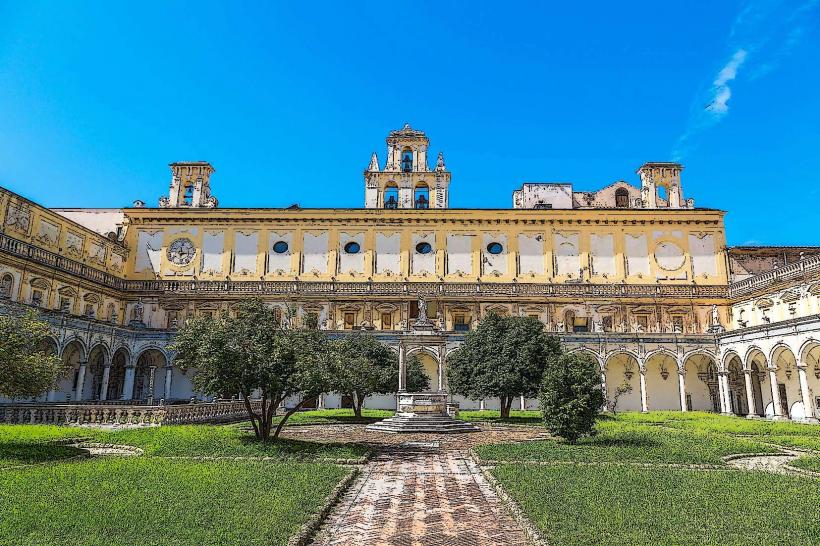Information
Landmark: Piazza del PlebiscitoCity: Naples
Country: Italy
Continent: Europe
Piazza del Plebiscito is one of the most famous and grandiose squares in Naples, Italy. Located between the Royal Palace of Naples and the Church of San Francesco di Paola, this historic square is at the heart of the city's cultural, political, and social life.
1. History and Origins
- The square’s name, "Piazza del Plebiscito," refers to the plebiscite (vote) of 1860, in which the people of Naples voted to join the Kingdom of Italy during the unification process. The square was established in the late 18th century, during the reign of Napoleon Bonaparte’s brother, Joseph Bonaparte, who was the King of Naples from 1806 to 1808. The square was initially created as part of a larger urban development project to enhance the city's architectural and civic grandeur.
- Originally intended to be a grandiose royal square, Piazza del Plebiscito was designed as a public space for gatherings and events. It has since become a symbol of the city's rich history and its role in Italian unification.
2. Architectural Features
- Shape and Size: The square is massive, with an oval shape that stretches over approximately 25,000 square meters (about 6 acres). It is considered one of the largest squares in Italy.
- Royal Palace of Naples: On one side of the square stands the Royal Palace of Naples (Palazzo Reale), the former residence of the Spanish and later Bourbon monarchs. The palace faces directly onto the square, providing a dramatic backdrop.
- Church of San Francesco di Paola: On the opposite side of the square is the Church of San Francesco di Paola, a neoclassical church with a striking dome and columns. The church was built between 1817 and 1824 by the architect Francesco Sicuro, and its design was inspired by the Pantheon in Rome.
- Columned Portico: A prominent feature of the square is the portico with 32 Doric columns that surrounds the Church of San Francesco di Paola. The columns help emphasize the grandeur and symmetry of the square.
- Equestrian Statue of Charles III: At the center of the square stands a large equestrian statue of Charles III of Spain, who ruled the Kingdom of Naples from 1734 to 1759. The statue is one of the square’s key historical elements, symbolizing the Bourbon dynasty’s influence on the region.
3. Significance and Function
- Political and Cultural Center: Piazza del Plebiscito has served as the backdrop for numerous political events and public gatherings, including celebrations, rallies, and speeches. It has witnessed key moments in the city’s history, such as the events surrounding Naples' unification with Italy in the 19th century.
- Cultural Events and Concerts: Today, the square is a popular location for outdoor concerts, festivals, and public celebrations. Major music events and festivals take place here, attracting both locals and tourists. The vast open space and the dramatic architecture make it an ideal venue for large-scale events.
- Tourist Attraction: With its combination of historical buildings, monumental architecture, and its central location in Naples, Piazza del Plebiscito is a major draw for visitors to the city. It is often used as a gathering place for tourists to start their exploration of the city.
4. Notable Landmarks and Features
- Royal Palace of Naples: As one of the most significant buildings on the square, the Royal Palace offers a glimpse into the life of Naples' royalty and houses the Palazzo Reale Museum. The palace features elegant courtyards, lavish interiors, and impressive art collections.
- Church of San Francesco di Paola: This neoclassical church with a distinctive dome is dedicated to Saint Francis of Paola, the founder of the Order of Minims. The church is a prominent example of Neoclassical architecture and contributes greatly to the aesthetic appeal of the square.
- Neoclassical Architecture: The square is surrounded by some of the finest examples of Neoclassical architecture in Naples. The designs focus on symmetry, columns, and grand facades, making it a significant area of architectural interest.
- Fountains: Two large fountains flank the square, adding to its visual appeal, with one fountain located at each end of the square, near the Church of San Francesco di Paola.
5. Piazza del Plebiscito Today
- Public and Tourist Hub: The square remains one of the central gathering places in Naples for both locals and tourists. Whether for sightseeing, relaxing in the open air, or attending one of the many cultural events hosted there, Piazza del Plebiscito continues to be a central part of Naples' civic life.
- Iconic Photos and Views: With its wide open space and the dramatic backdrop of the Royal Palace and the Church of San Francesco di Paola, the square provides one of the most iconic photo opportunities in Naples.
- Accessibility: Located near the historic city center, the square is easily accessible from Via Toledo, one of Naples' main shopping streets, and other prominent sites in the city like the Galleria Umberto I and the Teatro di San Carlo.
6. Events and Festivals
- Cultural Events: Piazza del Plebiscito is used for many cultural and artistic events, from classical music concerts to film screenings and art exhibitions. It also hosts the Piazza del Plebiscito Festival, a music festival that draws large crowds.
- Political Demonstrations: As the central square in Naples, it is often the site of political rallies, protests, and civic events. The square has historically been a symbol of Naples’ political importance.
7. Conclusion
Piazza del Plebiscito is not just an architectural marvel but also a symbol of Naples' rich history and vibrant public life. From its origins as a royal square to its current role as a cultural and political hub, the square has been at the heart of Naples for centuries. Its monumental architecture, historical landmarks, and central location make it one of the most important and celebrated squares in Italy. Whether visiting for its history, enjoying a concert, or simply soaking in the atmosphere, Piazza del Plebiscito remains a must-visit landmark in Naples.

